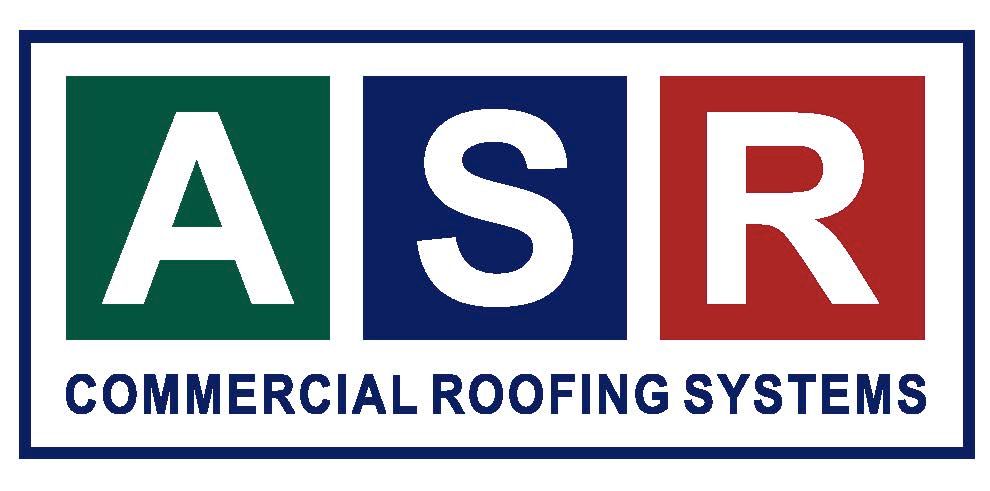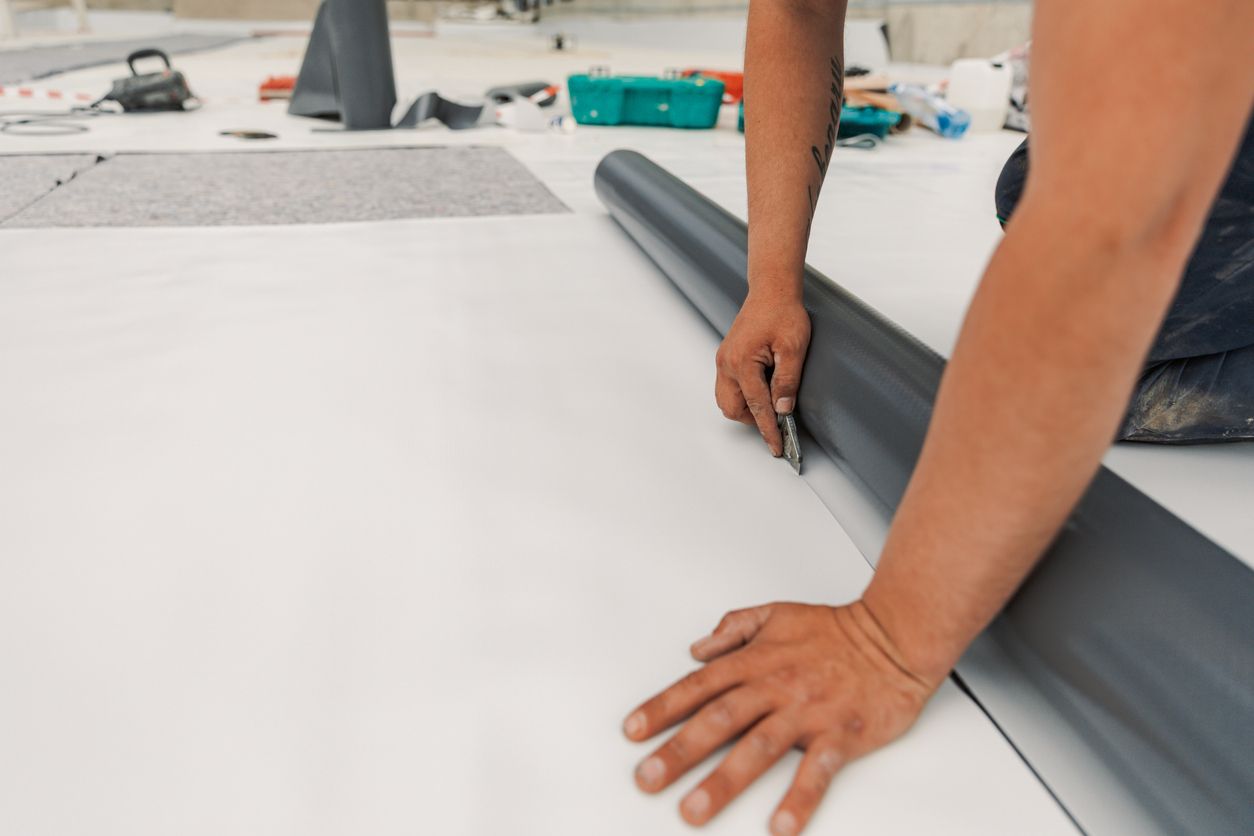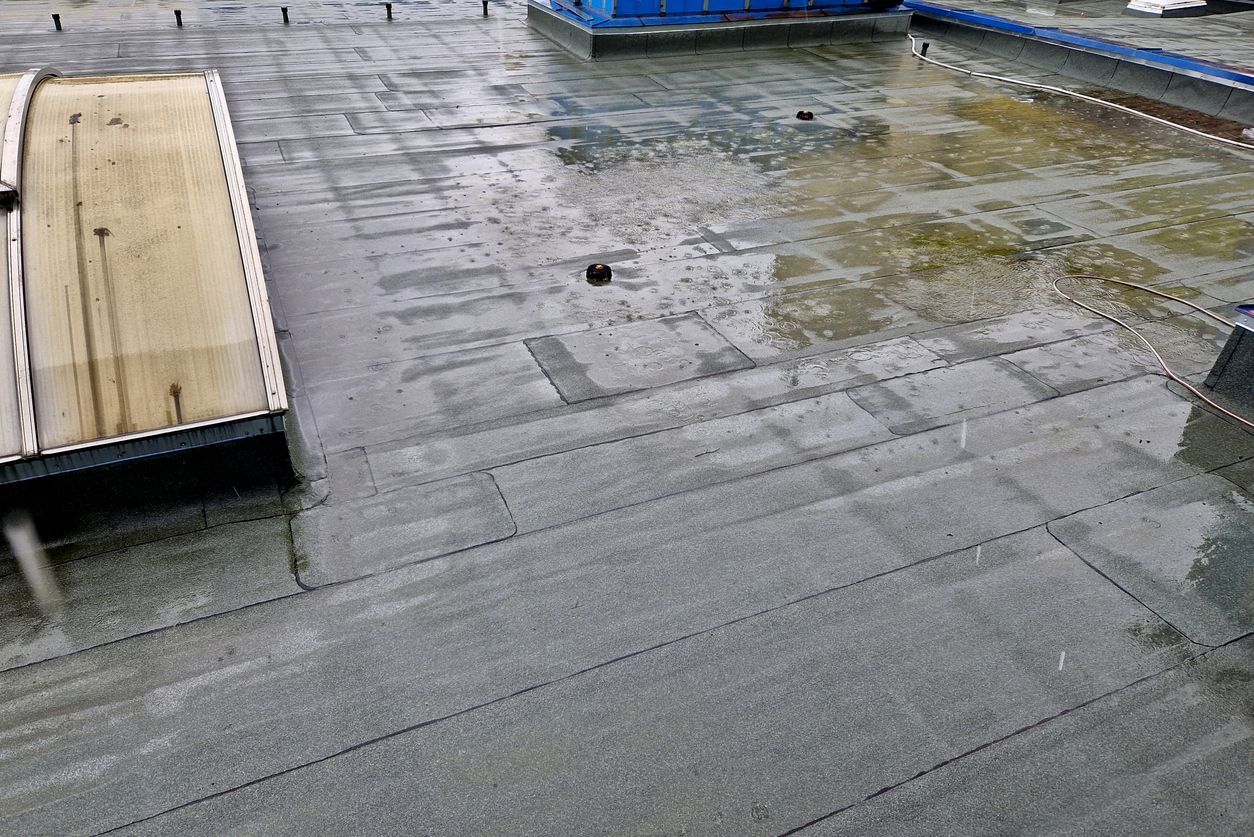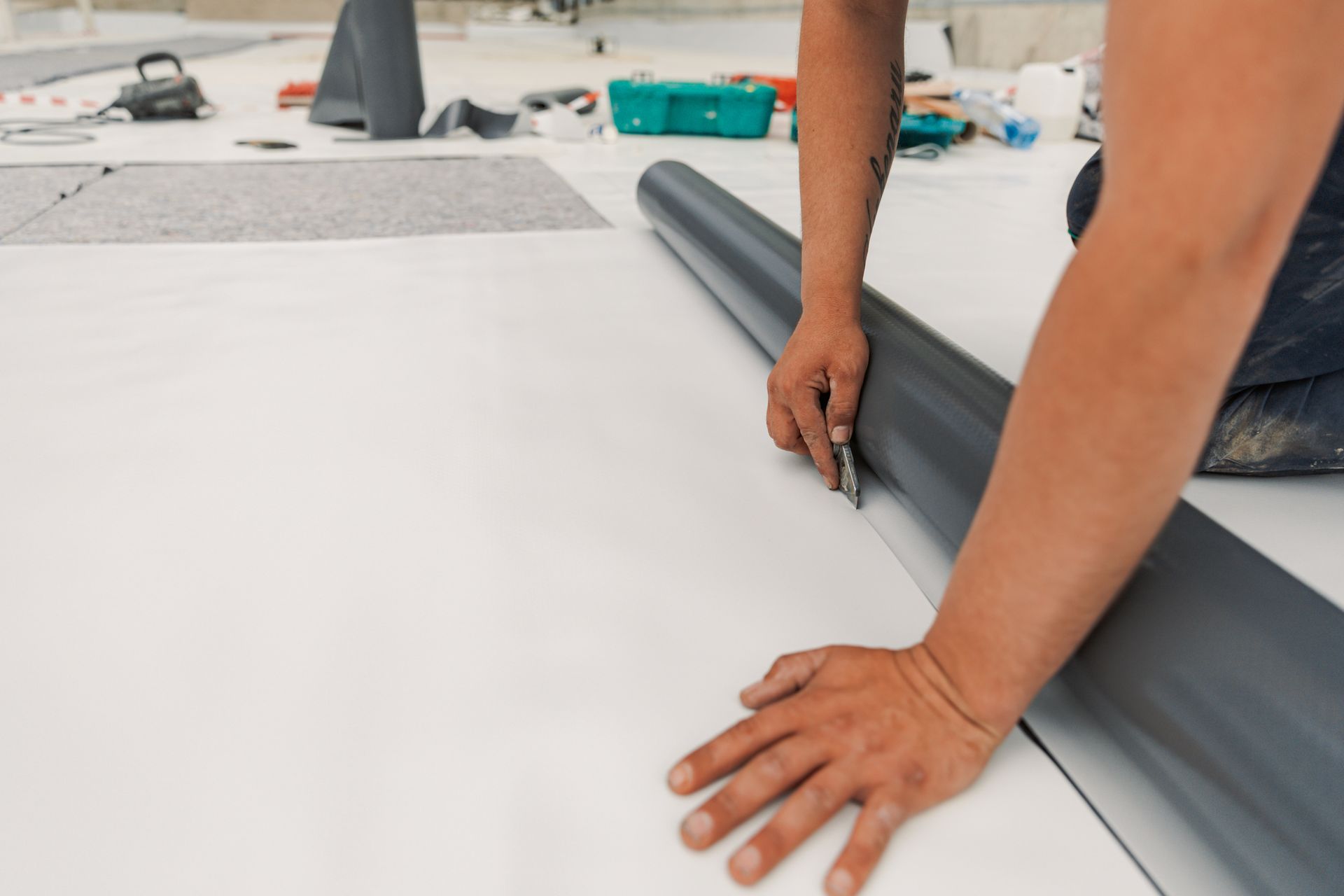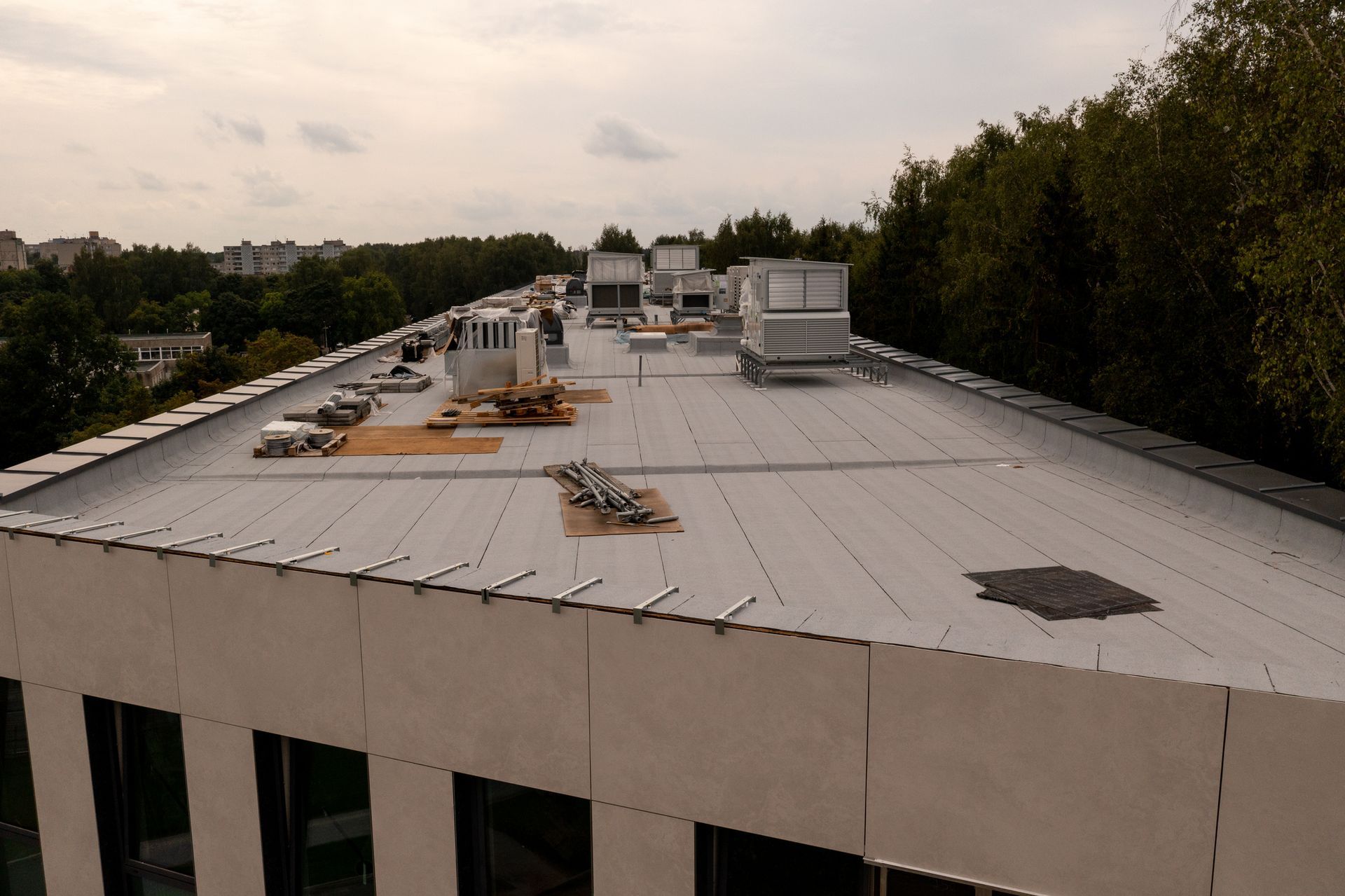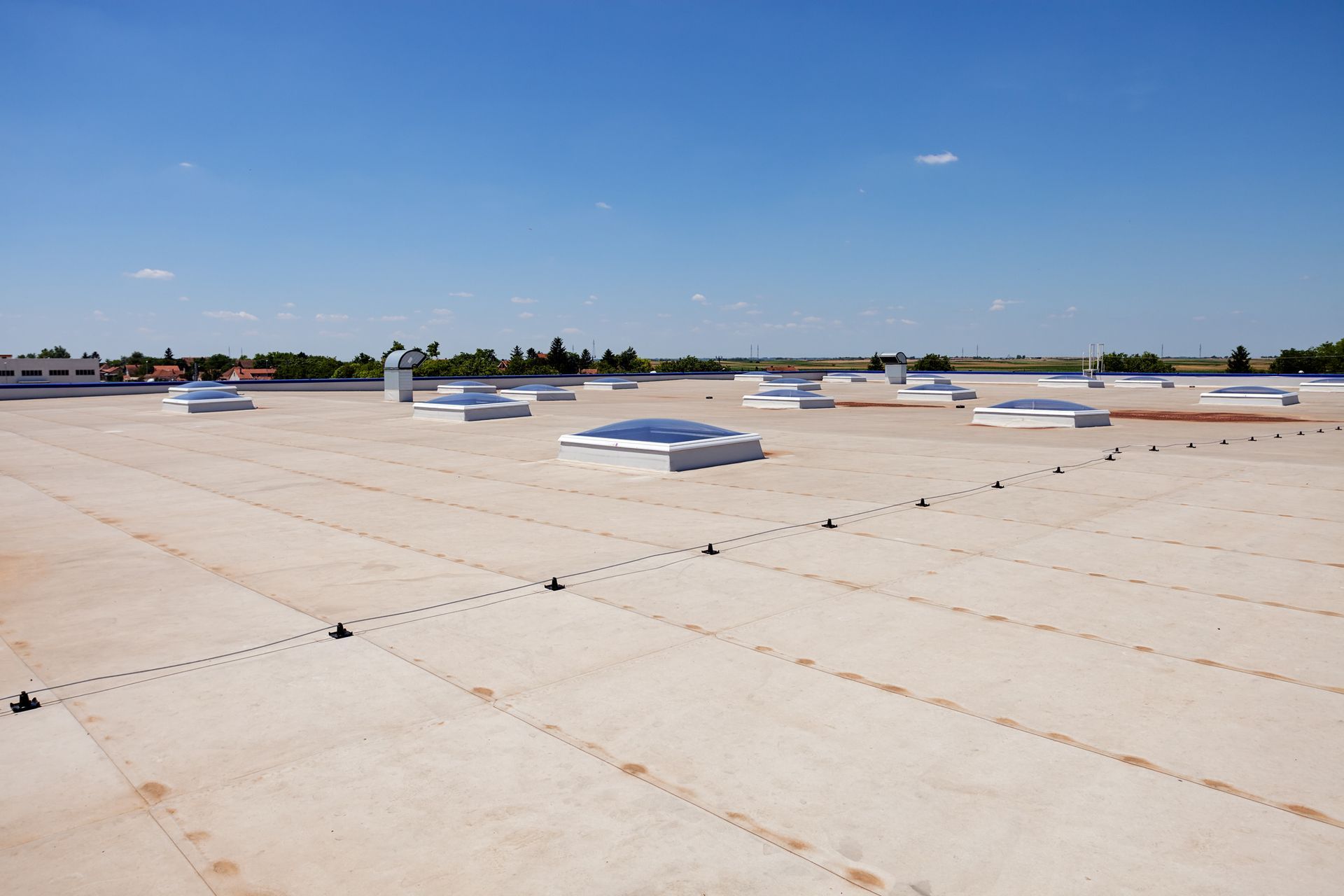Tax Incentives
Rachel Busche • October 28, 2022
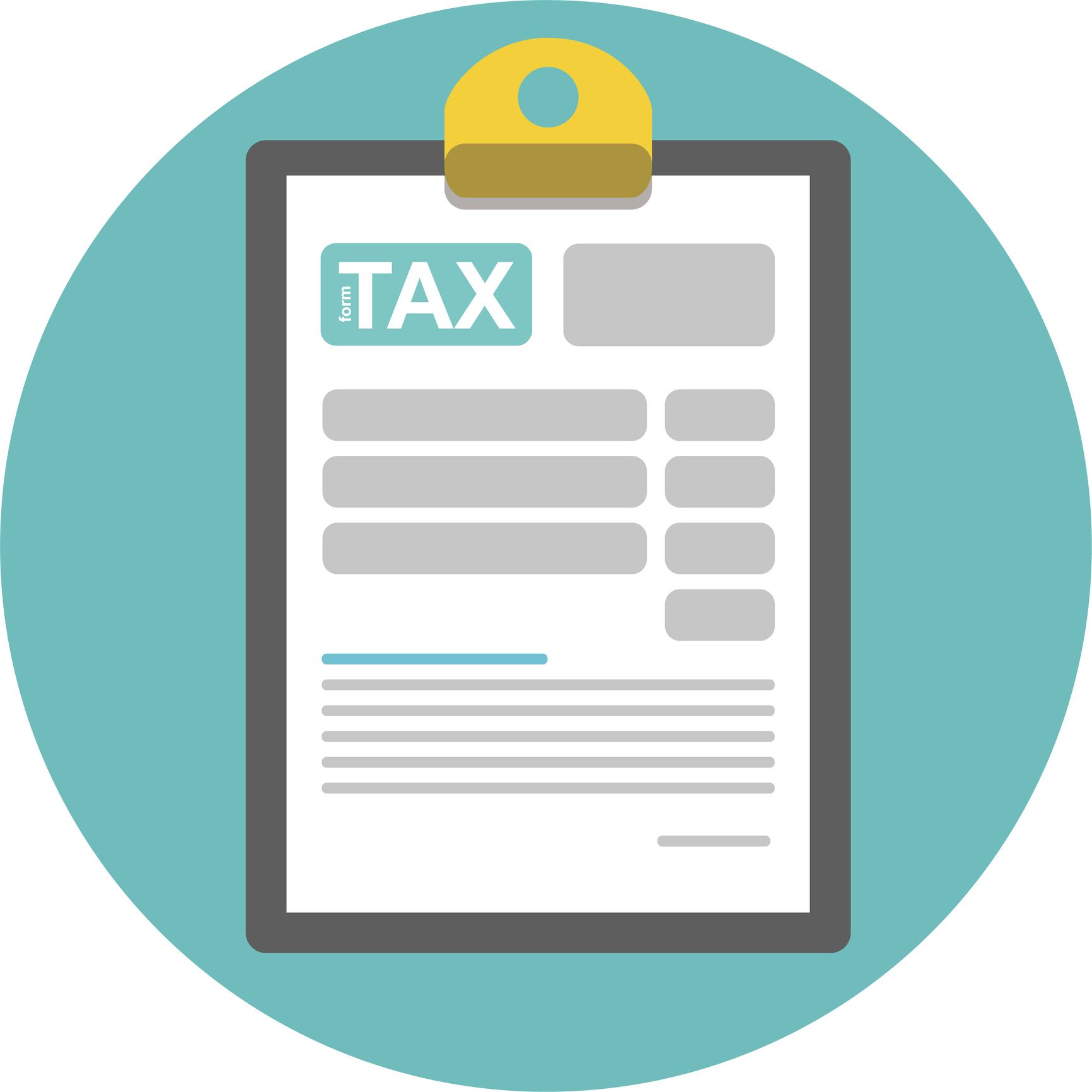
What are the tax incentives for energy-efficient buildings?
As we enter the 4th quarter of 2022 and start planning for the next calendar year, there are a few tax incentives available that your business/building may qualify for.
- Designing a new building or improving an existing building to be Energy Efficient may help you meet sustainability goals that could increase your cash flow and reduce Federal Income Tax liability.
- Section 179D of the Internal Revenue Code allows a deduction of up to $1.80 per square foot for energy-efficient commercial building property (EECBP).
- Privately-Owned properties, as well as tenants who pay for and are depreciating the energy-efficient improvements placed in service as of January 1, 2006, could benefit from the 179D deduction.
- This program applies to reduce energy costs in three areas:
1) Heating, cooling, ventilation, and hot water systems (HVAC)
2) Interior lighting systems
3) Building envelope (Increase thermal value and energy-efficient membrane)
- This program applies to reduce energy costs in three areas:
- The following taxpayers are eligible to claim an energy-efficiency deduction:
1) Designers of government-owned buildings
2) Owners and tenants of commercial buildings that built or installed energy-saving improvements
3) Owners of four-story or greater residential buildings that built or installed energy-saving improvements - The 179D tax deduction is a permanent part of the tax code and doesn’t expire.
These comments for this Newsletter are provided by the experts at All Seasons Roofing to help you and should not necessarily be interpreted as the law. Please consult with your Tax Professional for all the details on Section 179D of the Internal Revenue Tax Code.

Your commercial building's flat roof – it's out of sight, out of mind, until it's not. A leaky flat roof can lead to costly damage, impacting everything from inventory to operations. But what happens when your roof is showing signs of trouble, yet it's too new for a full replacement? You're in that tricky zone where flat roof repairs are essential. This post will explore the ins and outs of repairing flat roofs, particularly when they're too young for a complete overhaul.

The commercial roofing industry has evolved significantly over the past decades, offering a diverse range of roofing solutions tailored to various business requirements and environmental conditions. Choosing the right roofing system has far-reaching implications, affecting not only the initial installation cost but also impacts longevity, maintenance needs, energy efficiency, and overall functionality. This comprehensive guide explores the different types of commercial roofs available today, illustrating how modern advancements have enhanced their durability and performance.

Owning a commercial building provides a stable environment for your business to thrive. However, maintaining the building is crucial for smooth operations. One common issue that can disrupt your business is a roof leak. Commercial roof leaks can do more than just inconvenience you; they can damage valuable assets critical to your business. Understanding why leaks happen and how to prevent them can reduce their impact on your property. Addressing a leaky roof quickly can save on repair costs and protect your assets in the long run.

As we find ourselves in the midst of summer, high temperatures and strong storms are becoming more frequent. These weather events can wreak havoc on commercial roofs if not properly maintained. Neglecting roof maintenance during this season can lead to leaks, damaged underlayment, and even the need for a full roof replacement. Addressing these issues promptly is essential to save money and ensure the safety of the building and its occupants. Here are some valuable tips to maintain your commercial roof and protect your investment during the summer months.
